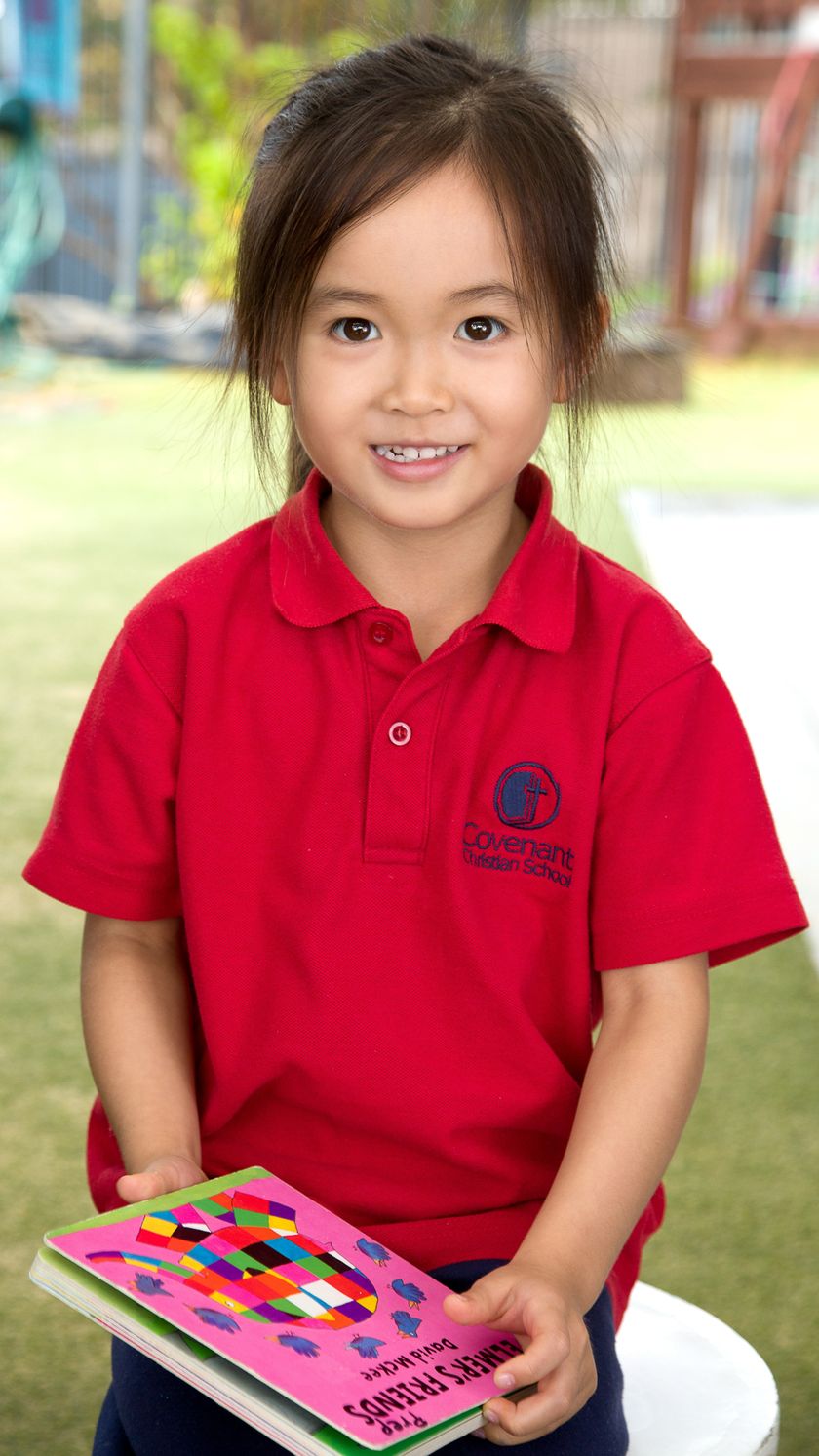






The Textiles and Design course is designed to enable students to understand and appreciate the nature and significance of textiles, and to develop confidence and competence in the selection, design, manufacture and application of textile items.
In Year 11, students will design their own items inspired by a designer and produce a decorated corset/or vest. Each project provides opportunities to learn new skills, develop a deeper understanding of Textile theory and work towards refining sewing techniques in preparation for the HSC Major Work.
Like any HSC course, there is a significant theoretical component to the Textiles and Design course. This includes a study of Design, Properties and Performance, and the Textiles Industry, along with the foundational knowledge and understanding of textiles. This theory is provided in the context of the projects students complete, and ultimately drives better practical outcomes.
The Textiles and Design HSC folio 12 A3 pages or 24 A4 pages. A sample band 6 folio is provided for reference. The folio involves very specific guidelines which requires students to share their process and knowledge of the Major Work project chosen.
It will help if you have some experience with using a sewing machine or have sewn something of your own. However, if you are willing to learn, practice and take feedback, then this will not be a disadvantage. Many students have done very well without completing Year 9 and 10 Textiles. Like any subject, you will need hard work and perseverance no matter what skill level you are at.
The items you make will need to fit into any of these categories: apparel, non-apparel, costume, furnishing, textile art. This means you can make anything, as long as you’re using textiles. It can be sewn, knit, woven or felted. You are awarded marks for creativity, difficulty, quality and completion.
If you have further questions, please contact:
TAS Coordinator - Mr Nick Williams